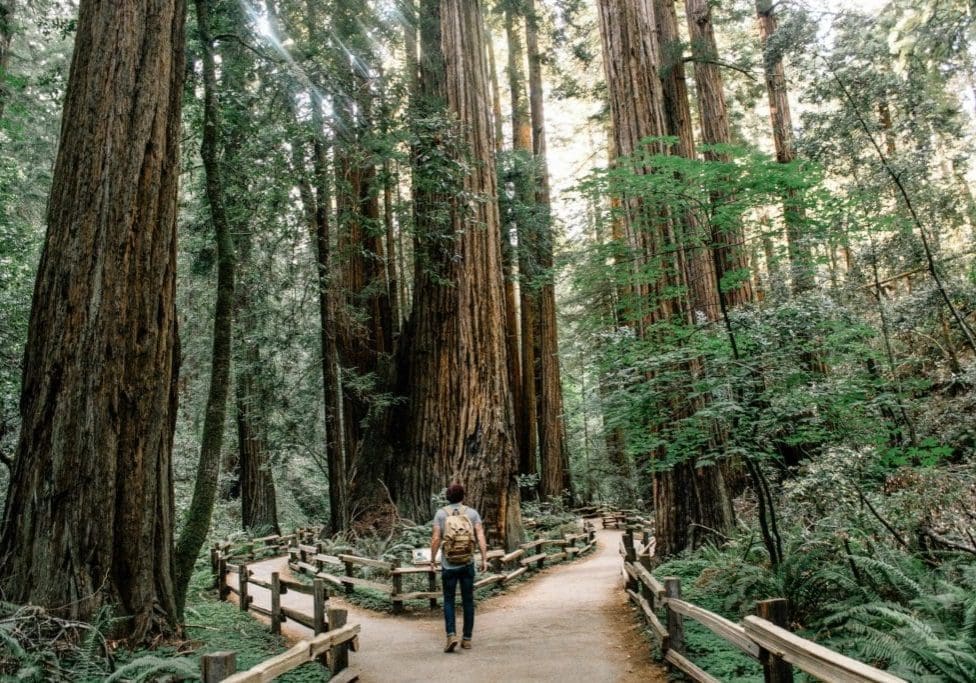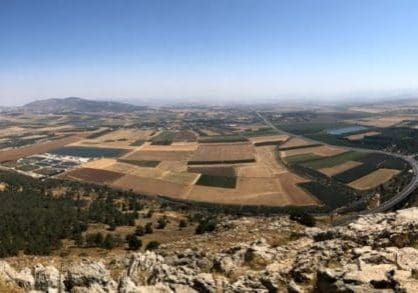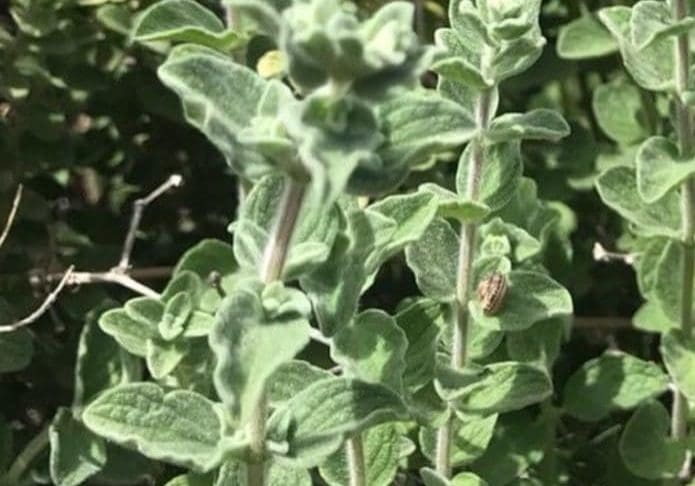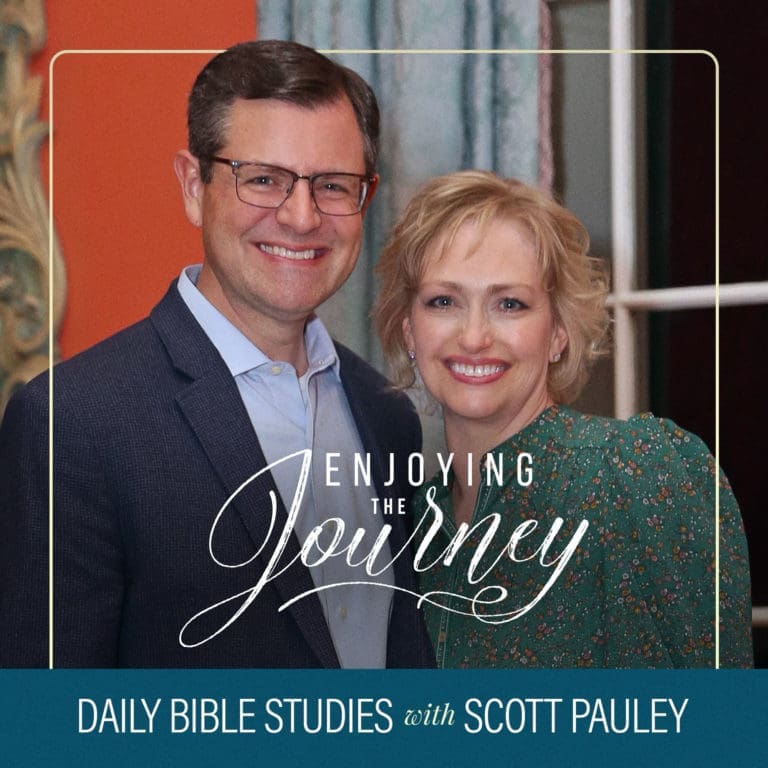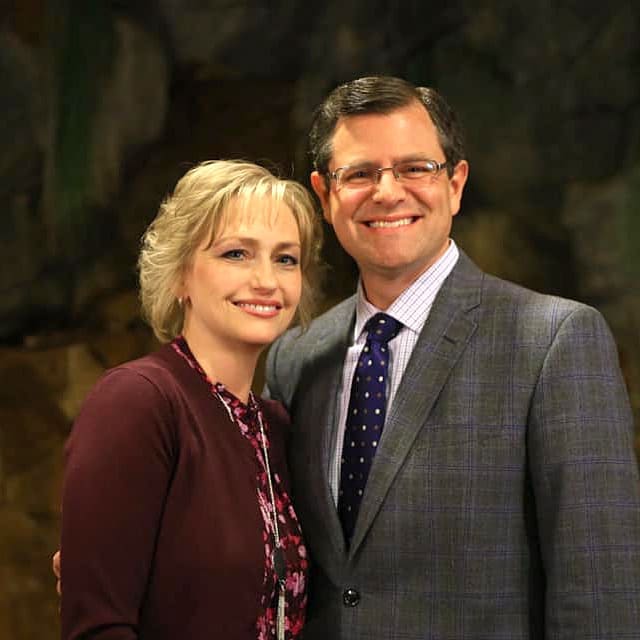
The Hebrew Bible uses several words for a valley. The largest valley is the emek, which is a wide, U-shaped valley. The valley of Elah, famous for the fight between David and Goliath (1 Samuel 17), is one example from the Bible, the Jezreel Valley is another. (A related valley type is bikah, but that word is less common.)
Another common word in the Bible is the word nahal, which means a V-shaped valley with a stream at the bottom. The stream may be seasonal, or it may flow year-round. The most well-known nahal in the Bible is the Kidron, just east of Jerusalem. The seasonal stream has been stopped in Jerusalem due to modern construction but still flows south of the city.
Another word used in the Bible is gai. The Hinnom Valley, just to the west of the old city of Jerusalem and the inspiration for Gehenna, is identified as a gai in the Bible. A gai is a narrow V-shaped valley like a nahal, but without a stream of water in it.
The Bible uses all three of these words in the account of David and Goliath. They also could be a linguistic clue to the identity of a valley in the book of Psalms.
“And Saul and the men of Israel were gathered together, and pitched by the valley (emek) of Elah, and set the battle in array against the Philistines. And the Philistines stood on a mountain on the one side, and Israel stood on a mountain on the other side: and there was a valley (gai) between them” (I Samuel 17:2-3)
We see that the Israelites were camped near the emek of Elah, but they were arrayed against the Philistines with a gai between their army and the enemy. The Philistines stood on the west side of a narrow, dry valley, while the Israelites stood on the opposite rim to the east. Goliath came out every day and challenged an Israelite to “come down unto me,” (v 8) presumably on the dry valley floor. David convinced King Saul to allow him to fight Goliath by telling the king about the victories God gave him as he was shepherding in the wilderness of Bethlehem. We read that David chose some smooth stones from a nearby nahal, a stream, perhaps the water source for the army. Then he apparently ran down into the gai to fight with Goliath in the no-man’s land between the two armies.
In all of David’s poetic writings in the Bible, he used the word gai only once in the body of a poem. That was when the former shepherd boy wrote the memorable line “Yea, though I walk through the valley [gai] of the shadow of death, I will fear no evil: for thou art with me” (Psalm 23:4).
It could be that David was thinking of the shadow of the giant who was standing to his west on that fateful afternoon in the gai as they fought in hand-to-hand combat. He ends his shepherd’s Psalm with a strangely militaristic turn of phrase. Just as the Israelites shouted the victory and radaf (pursued) after the fleeing Philistines that day, so God’s goodness and mercy will radaf him, it will pursue him all the days of his life!
Whatever your valley type or your giant, you can be confident that God’s goodness and mercy are with you, and lying in wait on every side of your path. You may be overshadowed by a giant, but like David, you can be fearlessly confident in God’s presence.
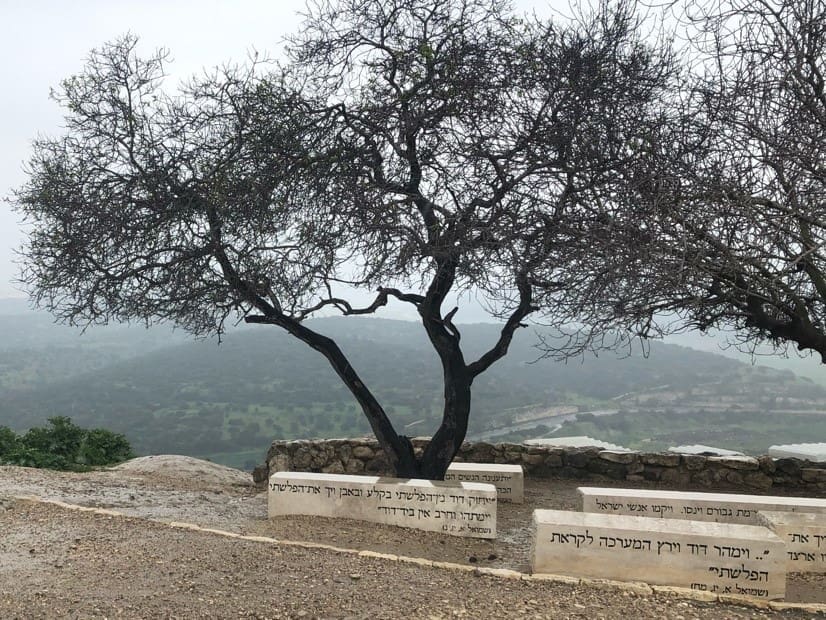
View of the emek, the Valley of Elah, viewed from biblical Azekah. Hebrew Bible verses commemorating David’s victory over Goliath are prominently posted.
Photo by John Buckner
